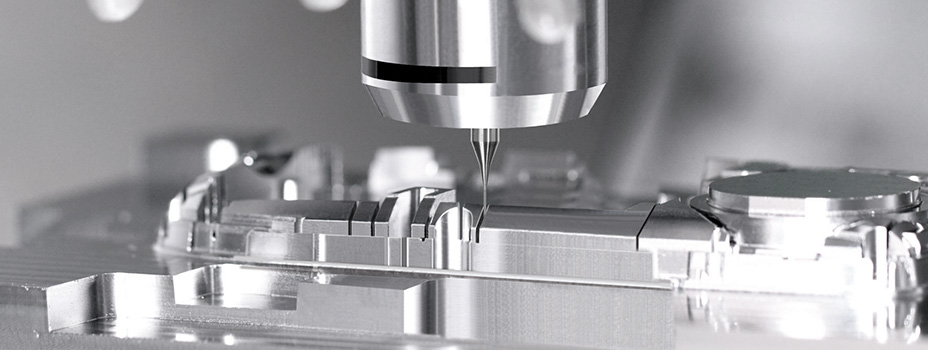 2025.05.23
2025.05.23
 Industry News
Industry News
In recent years, the automotive industry has been undergoing a significant transformation, driven by the demand for increased efficiency, precision, and cost-effective production methods. At the heart of this transformation lies the progressive stamping mold, a technology that redefines how essential automotive parts such as connectors, spring clips, and structural components are manufactured.
The progressive stamping mold is a specialized tool used in the metal forming process that enables multiple operations, such as punching, bending, and cutting, to be carried out in a single, continuous stroke. This capability enhances production speed and ensures high-dimensional accuracy and consistency across large volumes of automotive components. The widespread adoption of the progressive stamping mold in the automotive sector is a direct response to the industry's demand for scalable, reliable, and repeatable manufacturing methods.
One of the notable advantages of the progressive stamping mold is its ability to handle complex geometries while maintaining structural integrity. In the automotive field, components like connector plates, which require precise dimensions and consistent shape tolerances, are ideal candidates for this type of tooling. The progressive stamping mold excels in producing these parts in a high-throughput environment without compromising on quality.
Spring clips, another critical component in automotive systems, benefit greatly from the progressive stamping mold process. These small yet vital elements require both precision and durability, as they often function under dynamic loads. The progressive stamping mold ensures that each spring clip is formed with uniform mechanical properties, reducing the likelihood of failure during vehicle operation.
Additionally, structural components manufactured using progressive stamping mold techniques demonstrate fit and finish. These parts often serve as brackets, reinforcements, or joining elements within a vehicle's body and chassis. The progressive stamping mold facilitates the mass production of such parts with reduced material waste and minimal need for secondary processing.
From a manufacturing perspective, the use of a progressive stamping mold introduces significant advantages in terms of efficiency and resource optimization. A single progressive stamping mold can replace multiple standalone tools, reducing setup times and streamlining operations. This contributes to lower labor costs, fewer interruptions, and a more predictable production cycle—an essential factor in the just-in-time supply chains that dominate the automotive industry.
Moreover, the progressive stamping mold is highly compatible with automation. Modern stamping lines equipped with robotic feeders and real-time quality inspection systems can integrate the progressive stamping mold seamlessly, resulting in faster turnaround times and enhanced production control. This compatibility is particularly important in the automotive sector, where large-scale, high-precision output is required around the clock.

Sustainability is another area where the progressive stamping mold contributes significantly. By optimizing material usage and reducing scrap, the progressive stamping mold supports automotive manufacturers' efforts to minimize environmental impact. Progressive stamping mold systems are also designed to be long-lasting and resistant to wear, which aligns with the industry's focus on reducing operational waste and improving lifecycle efficiency.
The versatility of the progressive stamping mold also extends to its ability to work with a wide range of materials, including stainless steel, aluminum, and high-strength alloys. This flexibility is crucial in the automotive industry, where lightweighting strategies demand materials that balance weight reduction with performance. The progressive stamping mold's adaptability makes it a valuable tool for engineers designing next-generation vehicles.
Quality control is another critical benefit provided by the progressive stamping mold. Since each step of the process is performed in a sequential and controlled manner, defects can be detected and corrected early in the production line. This ensures that each automotive component produced by the progressive stamping mold meets stringent industry standards and safety requirements.
In conclusion, the progressive stamping mold is playing a central role in shaping the future of automotive manufacturing. Its ability to produce complex, high-precision parts efficiently and reliably has made it indispensable in the production of connector plates, spring clips, and structural components. As the automotive industry continues to evolve, the progressive stamping mold will remain a cornerstone of modern metalworking, offering unmatched performance, flexibility, and value.